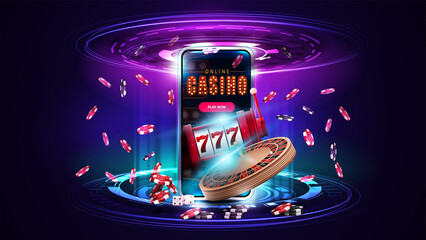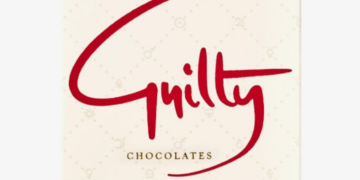The fun of gambling is no longer limited to land-based casinos. The advent of technology has now brought the same adrenaline rush to mobile phones as well. The mobile casino industry has been on a roll for years now. But with so many casino apps already available and many new ones getting released every day, how do we choose the right one?
Even with pokies, the number of apps is nowhere less. But there’s a way out. Use the site https://www.australiainternetpokies.com/mobile-pokies/apps/ for some of the best real money pokies apps, and this article for the ultimate guide.
10 Things To Look For While Choosing A Mobile Casino App
Visible Online Casino Licence
It’s the first thing you should always look for in a casino app. An active gaming license ensures the app is legit and has received approval from a reputable gambling authority. Such licenses are usually available on the homepage of the site. If you don’t find an active license, move on to the next app.
Intuitive And User-friendly App Design
An easy and intuitive design brings more convenience. Ensure the app features plenty of top-notch graphics and animations. It’s also recommended to choose an app that allows easy navigation through buttons and convenient text sizes.
Responsive Technology
It has taken years for games to arrive on apps. Their earlier hosts, desktops, and laptops, helped players with a good experience. Make sure to check the app and understand its design. See how well the app functions, compared to the earlier hosts.
Better Payment Options
Casino apps allow different options to pay. The most popular ones include bank accounts, PayPal, and credit cards. If you don’t like the payment options on an app, it’s possibly time to move on.
Excellent Connectivity
These days, dozens of casino apps allow you to play through social media. It’s an impressive feature as you can now keep an eye out for the latest updates, share tips and tricks, and even engage with other gamers.
Convenience And Accessibility
How easy is it to use the app while travelling? Make sure the casino software allows you to play and fully access the game library wherever you want and whenever you want.
Top-quality Software
You need great casino software for games to run smoothly, free of lag. Top-notch software also ensures crisp graphics and clear sound. Also, make sure it has a wide coverage of entertainment offerings from multiple software developers so it will ensure the most fun with the least fuss.
Trendiest And Latest Games
In addition to a user-friendly design, the app should also feature a wide game library. Ensure the app includes almost every popular casino game as well as the new additions.
Bonuses And Promotions
A good app ensures easy and quick deposits and withdrawals. It allows several options to make a deposit as well as withdraw your winnings.
August Customer Service
Casino apps offer a lot of convenience by allowing players to engage anytime, anywhere. But with different apps comes different usability and security. Ensure the customer service team is responsive. It’s great if the team is on call 24/7. But we believe not many apps currently allow such a service.
ALSO READ: How to Withdraw Money from An Online Casino












